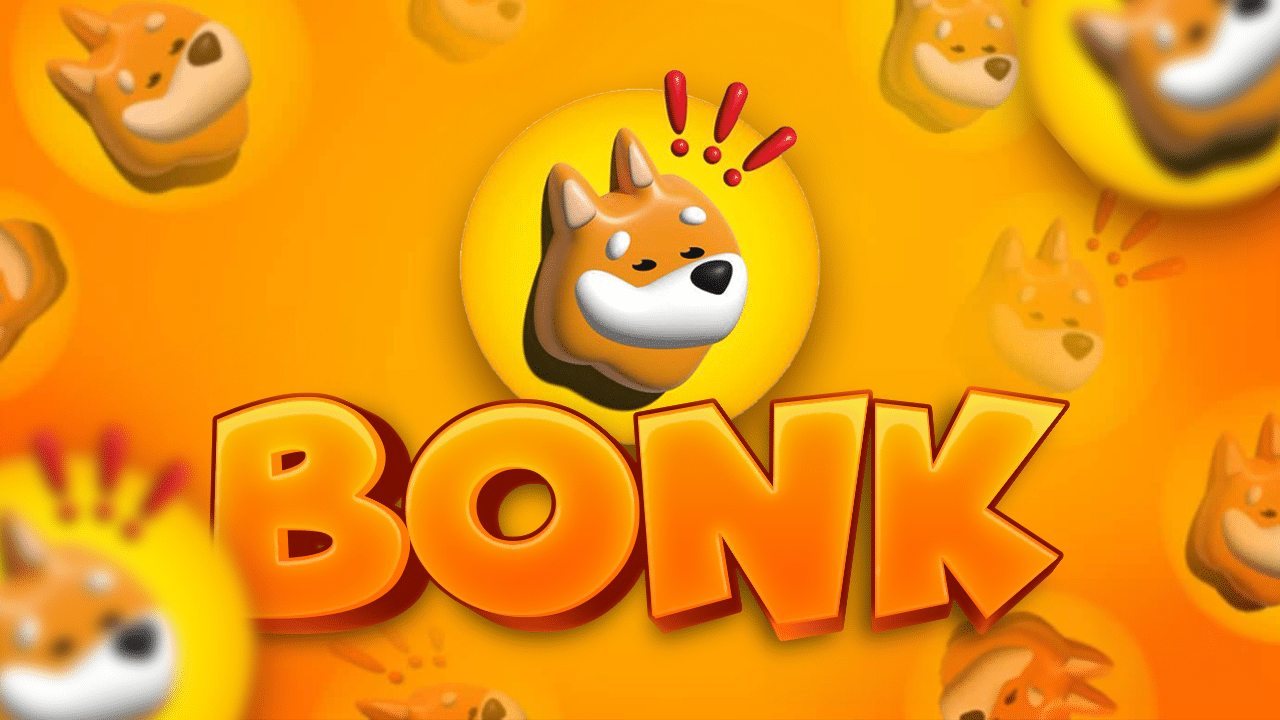How Procter & Gamble's media strategy changes the role of agencies
P&G expands reach, cuts costs, automates more and wants media shops to find future capabilities.

Procter & Gamble Co.’s efforts to expand reach through programmatic TV and digital buying and bring much of its media planning and buying in-house are fundamentally changing the role of its media agencies and how the packaged-goods giant evaluates cost-effectiveness.
Those are among key takeaways from a keynote speech by the company’s Chief Brand Officer Marc Pritchard at the Association of National Advertisers Media Conference on Thursday, based on a transcript provided before the speech and an interview with Ad Age.
While Pritchard covered some of the same areas as other recent speeches before the ANA or investors, he delved into considerably more technical detail. That includes how the company is continuously raising its goal for reach—now at 90% of targeted audiences up from an 80%-90% range in October—even as it has pulled back or restrained growth of overall ad spending.
It’s doing so, Pritchard said, through a variety of tools and strategies. Those include better programmatic buying tools and algorithms to find the custom “smart audiences” P&G develops through its first-party data and analytics; better control of how often the same people see the same ads; and more unduplicated reach through increased spending on such things as streaming networks, retail search and immersive formats, such as gaming.
Pritchard said P&G also is improving the impact and resonance of ads through AI copy testing and greater use of diverse-owned and targeted media that improves attention and impact of ads.
Among new tools Pritchard mentioned were Search AutoBidder, a proprietary tool with direct access to retailer search programs, which he said, “enables adjusting ad buying and content every 15 minutes, automatically increasing brand sales return by four times and increasing basket size for retailers.”
Related: A generative AI guide for brands
Bigger not necessarily better
P&G was the third biggest U.S. marketing spender in 2021, with an outlay of $5 billion, according to the Ad Age Datacenter, and $2.4 billion in measured ad spending per Vivvix (formerly Kantar Media).
“The current definition of the world’s largest advertiser is about who spends the most money on advertising,” Pritchard said at the opening of his ANA speech. “Celebrating a company as the largest spender implies that it’s better to spend more and more each year. We see it differently, and that it’s time for a reset. It’s not who spends the most that matters. What matters is who reaches the most consumers with the greatest media precision, the highest advertising effectiveness and the optimum efficiency to deliver sustained growth and value creation.”
P&G's talk of getting more bang for the buck through better targeting of more cost-efficient media, of course, goes back to much earlier in the millennium, to the CEO tenures of A.G. Lafley and Bob McDonald. During that time, the company went through a series of top-line disappointments and market share erosion, said Brian Wieser, principal of the consultancy Madison and Wall and former head of global business intelligence for WPP’s GroupM.
Spending restraint, however, hasn’t appeared to hurt P&G’s growth as much lately as the company raised prices an average of 10% globally last quarter to offset cost increases that have compressed profit margins. P&G nominal sales did fall 1% globally last quarter, but rose 5% organically (excluding currency, acquisition and divestiture effects) globally, and 6% in the U.S. And the company raised its full-year sales growth guidance.
P&G’s media spending is still up substantially over a five-year period, Pritchard said in the interview. But where in the more distant past it might have used targeting tools to narrow reach to the most responsive audiences, it’s increasingly looking at using newer, better analytic tools to maximize reach to relevant audiences and potential new customers now.
“Because we’re able to reach more people precisely, it’s mass reach with precession,” he said. “It’s more efficient.”
Pampers effort boosts sales 10%
The in-house media team for Pampers helped the brand grow U.S. sales 10% last year, Pritchard said in his speech. While the diaper brand aims for only the 10% of U.S. households that have babies, Pampers is now reaching 95% of them. That's up 20 percentage points, with brand awareness up 26 points, return on investment up 17% and 15% media savings from prior years, Pritchard said.
First-party data has been one key to that, he said. “For example, when parents learn they’re pregnant and go online to search to determine when the baby is due, Pampers Due Date Calculator is served to help. Pampers provides additional content such as the Baby Name Generator, surveys about baby development, and augmented reality bedtime storytelling. Pampers asks parents to join the Pampers Club to receive other relevant information and rewards for purchasing diapers.” Pampers Club now can “engage directly with 50% of all parents with babies in diapers,” he said.
The first-party data and other sources help the Pampers media team create “smart audiences” reached through programmatic digital media that avoids excess frequency, Pritchard said.
Pampers tests ads using P&G’s AI Studios proprietary testing, which he described as “a neural data network comprised of decades of consumer reactions to advertising.” The artificial intelligence system copy tests ads in one day for $1,000 vs. 30 days and $30,000 needed to run a conventional survey-based copy test, he said. “This fast-cycle testing allows the Pampers creative team to optimize more than 140 different ads a year for different platforms—including digital media, TikTok, YouTube, Pinterest, Instagram, e-commerce, streaming TV and broadcast TV.”
Related: How Happy Hues diverse training pants began
New role for media agencies
All that happens largely without media agencies.
Increasingly, P&G does media planning in-house. Much of its digital buying with big players such as Meta and Google is done by P&G marketers using self-service tools as part of Pritchard’s “hands on the keyboard” mantra. The company’s growing investment in CTV comes largely through programmatic buys handled by The Trade Desk. And its growing retail search business, which Pritchard in November said has risen to 11% of P&G ad spending, increasingly is handled through its automated system.
“Tide was one of the first brands to bring media in-house,” Pritchard said in his speech. “In broadcast TV, they received program and network viewing data previously available only to agencies. They converted the data into a planning algorithm that analyzes and chooses where to place ads across 120 networks and thousands of program combinations to maximize reach at lower cost. Then, they developed a scheduling algorithm to optimize the allocation of ads within programs across weeks, days and hours—increasing reach with the same number of ad units and saving $65 million dollars. They’re now using an algorithm to test a new way to buy ads spread evenly across all TV programs and channels, which should increase reach another 3 points and save another $40 million.”
Such moves haven’t eliminated media agencies, but it has changed their role, Pritchard said.
“More than ever, we need agency partners to see around corners and innovate in areas such as measurement, stewardship, content development, artificial intelligence, immersive experiences, multicultural media ecosystem development, media supply chain efficiency, and the future of media and advertising,” he said. “We’re finding that we can do more work in-house productively and we can strengthen agency partnerships at the same time to create even more value.”
Dentsu’s Carat and Omnicom’s Hearts & Science are P&G's media agencies in North America. Both agencies did not immediately return a request for comment.
“Years ago, when agencies started saying ‘We can aggregate data and start to create audiences to do better targeting,' that was great,” Pritchard said in an interview. “But over time, that’s what we can do now." So he said he's asking agencies "what’s next? And that will change the role of agencies, particularly major media agencies. It will still be a partnership, just different.”
Among other things, he said, “We had an agency recently come to us saying, ‘Look, we’re thinking about how we can help you build out Black-owned and Hispanic- and Asian-owned media content.”
Beyond CPMs
While P&G brands are reaching more of their target audiences often at less cost, that doesn’t necessarily mean lower cost per thousand. The savings often come from eliminating excess ad frequency, and increasing unduplicated reach, by definition, means reaching harder-to-reach audiences, which can come at added costs.
For example, reaching a Black audience with “resonant media” is going to have a higher sales lift that justifies a higher CPM, Pritchard said in the interview. “That’s where the future is,” he said, and one area where he’d like to see agencies contribute is “help us figure out how to do that and the whole measurement ecosystem as opposed to just one particular way” of measuring.

 Koichiko
Koichiko 































